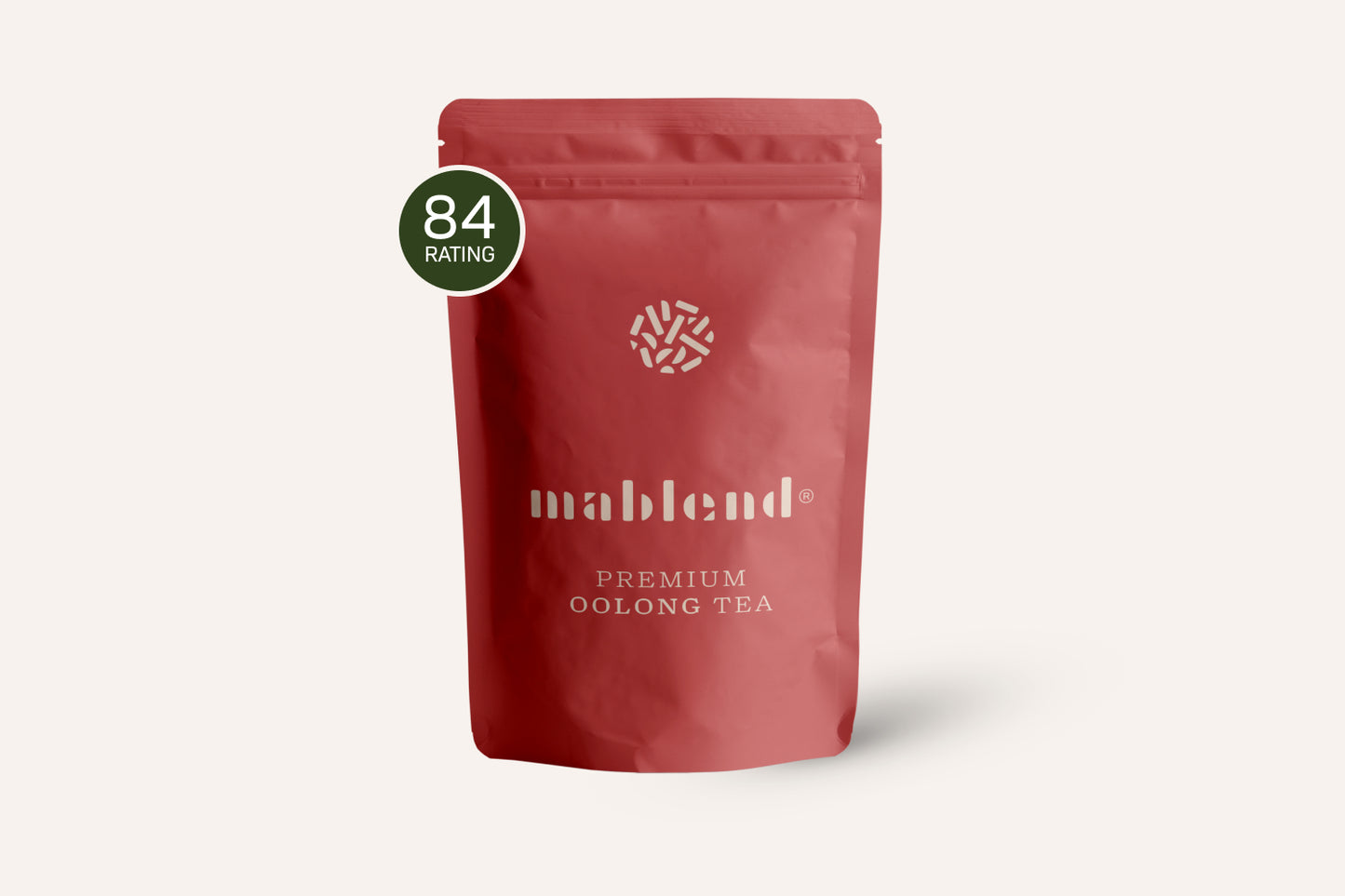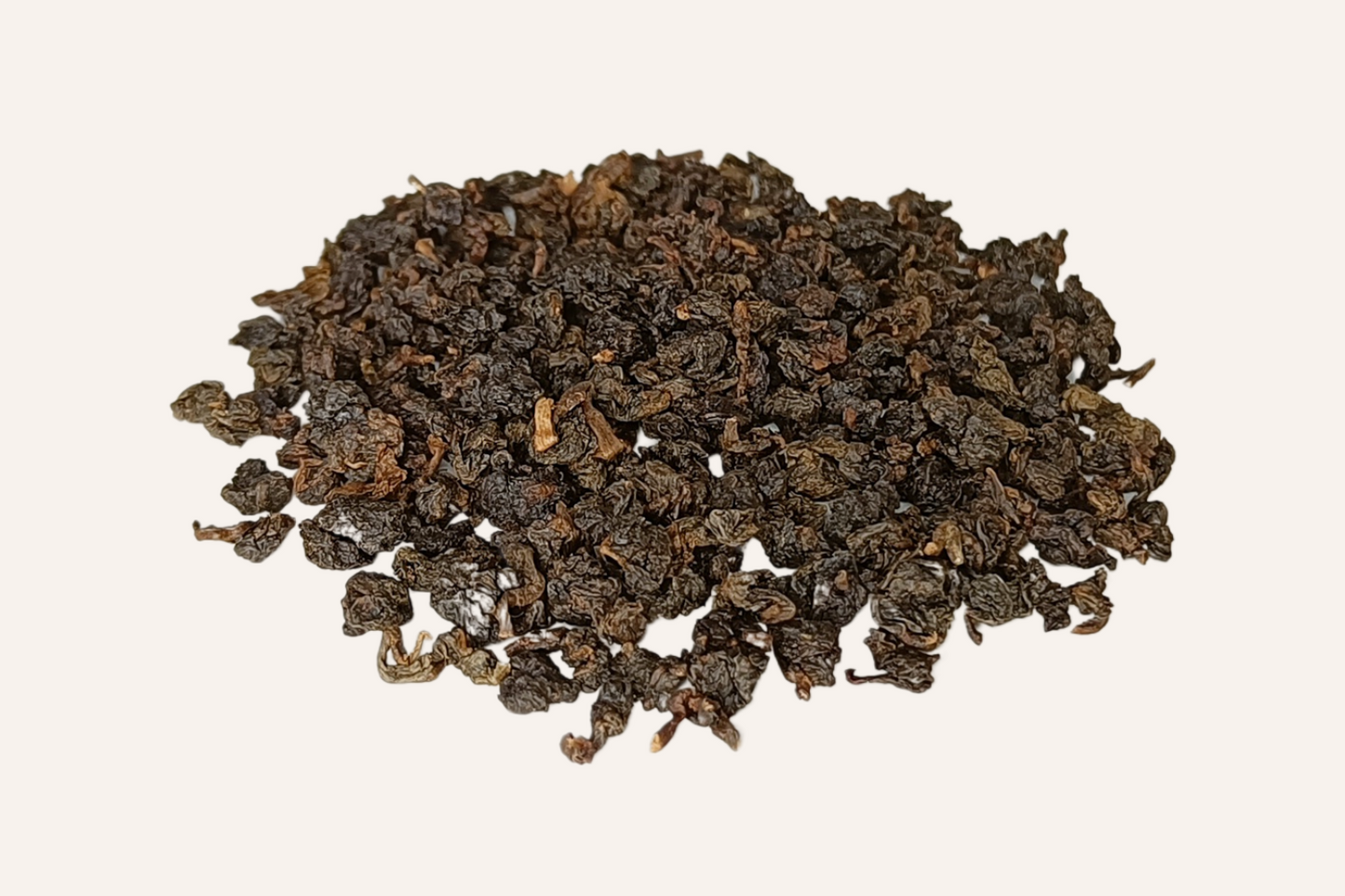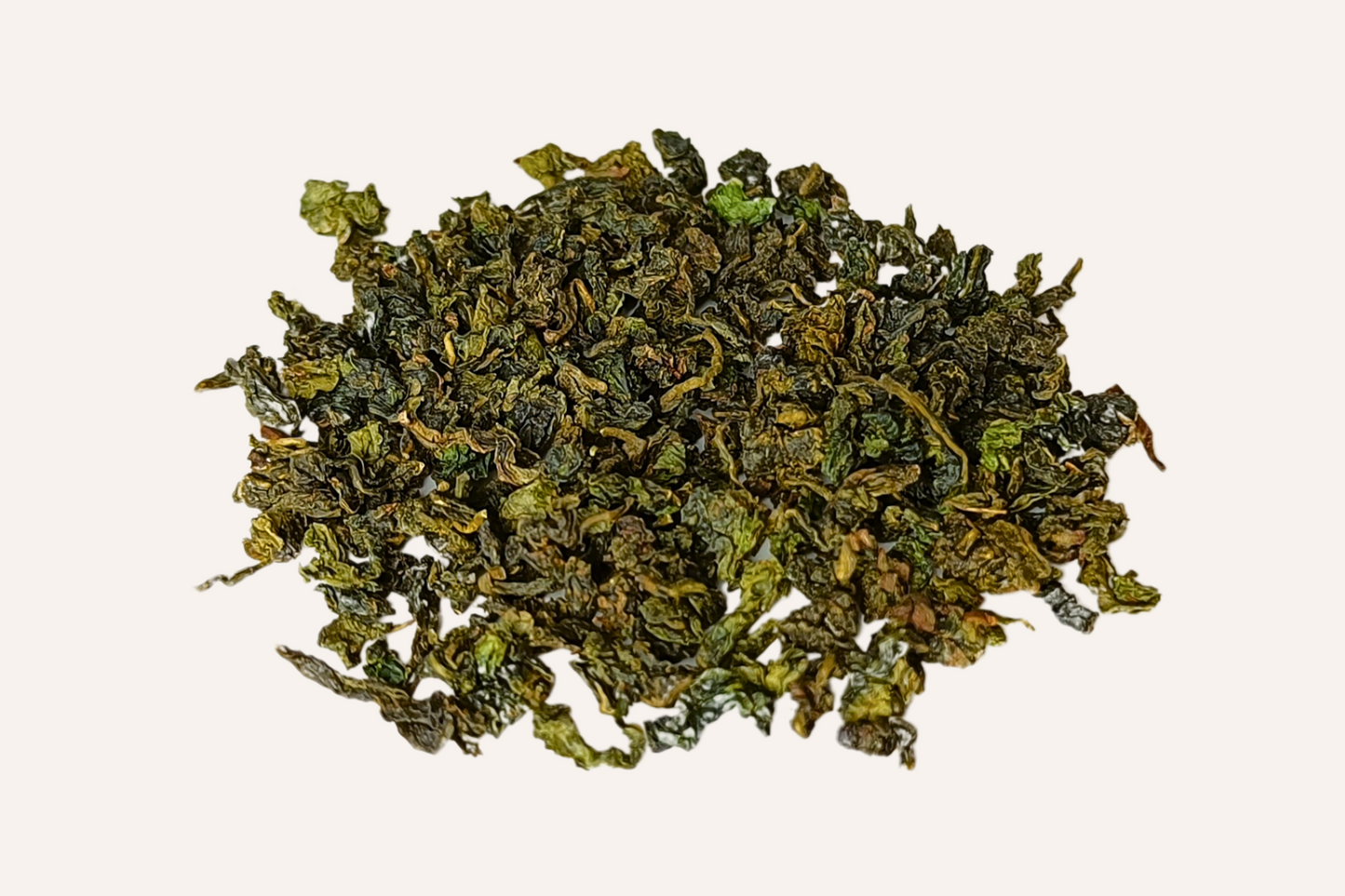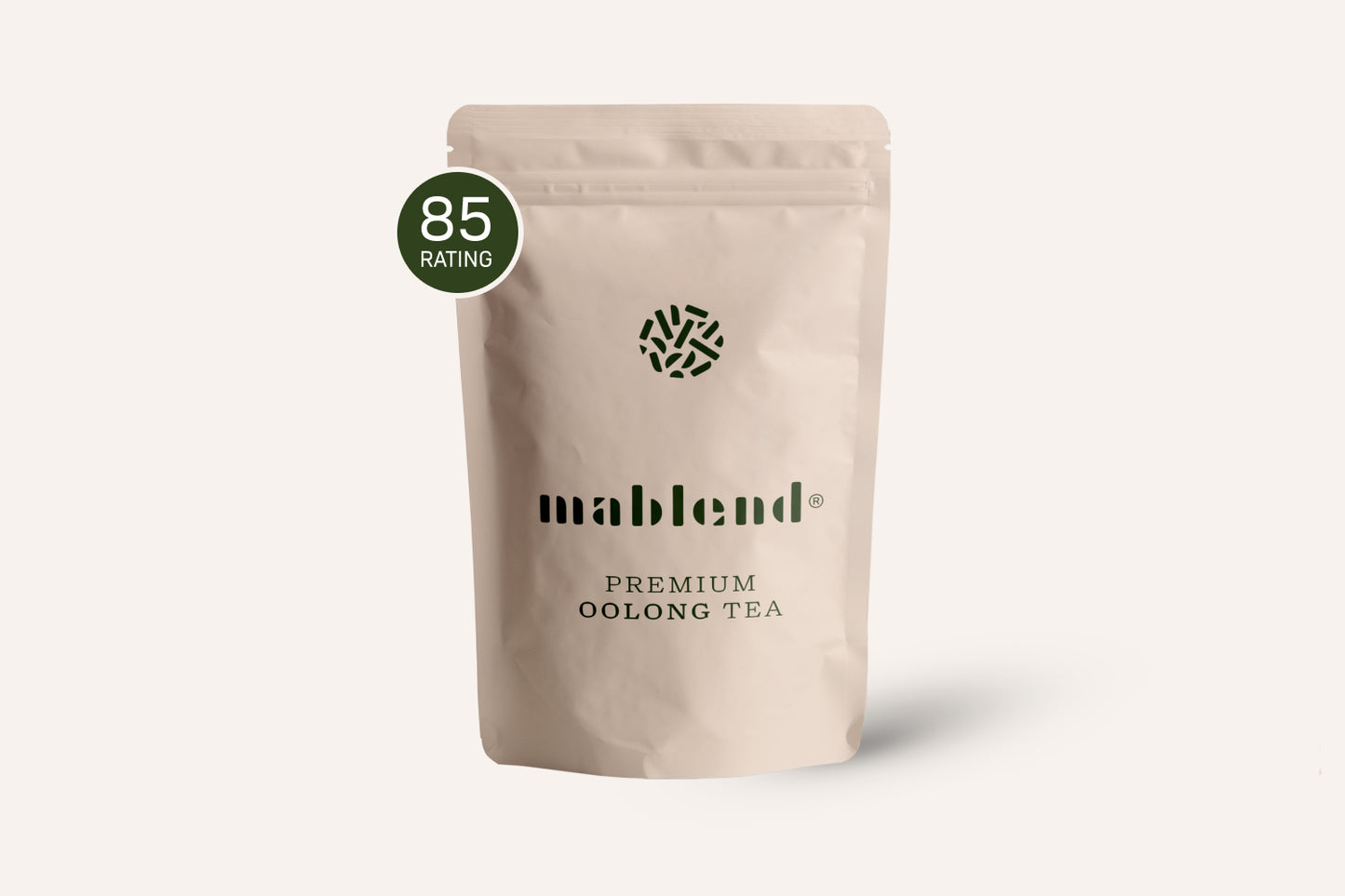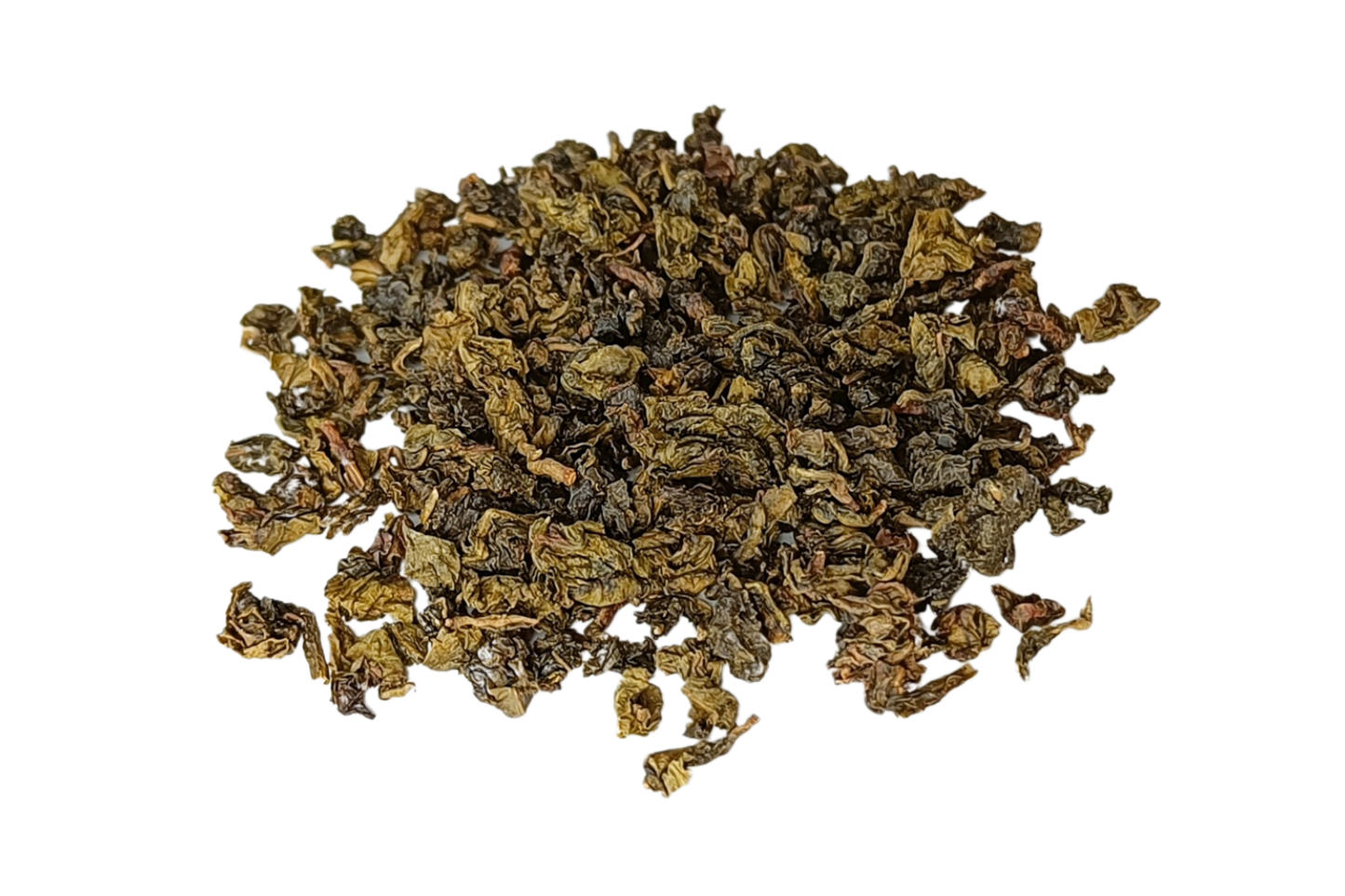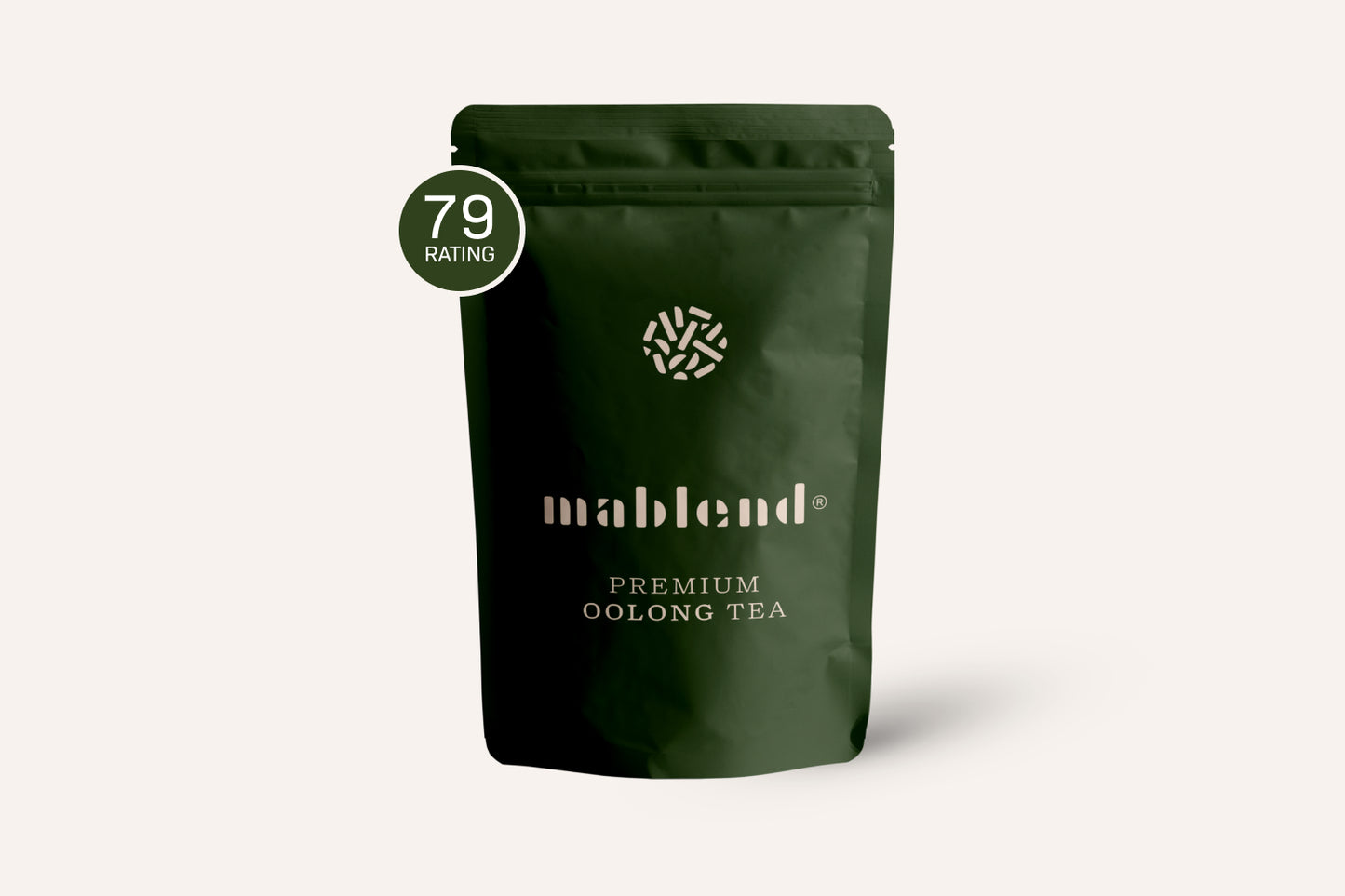Did you know that the first recorded mention of tea in India dates back to 750 BC? Tea is more than a drink in India; it is a cultural heritage that has stood the test of time.

From medicinal brews to the famous chai, dive into the rich history and regional diversity of Indian tea with us.
The Roots of Tea Culture
Tea is not just a drink in India; it is a cultural phenomenon deeply rooted in the social fabric of the country. Although tea originally comes from China, it has acquired its own identity in India.
Ancient History
The first recorded mention of tea in India dates back to 750 BC, in ancient Sanskrit writings where it was described as a medicinal herb.
In the following centuries, tea was mainly used for medicinal purposes. It was often mixed with other herbs and spices such as cardamom, ginger and holy basil, a tradition that still lives on in the famous Indian chai.
Influence of the Mughals

In the 16th century, during the reign of the Mughal emperors, tea began to play a more recreational role. It became a popular drink at court and slowly began to find its way into the households of the common people.
British Colonization
The modern history of the Indian tea industry is closely linked to British colonization. In the early 19th century, when the British East India Company dominated trade in the subcontinent, tea was introduced as a commercial crop.
The British, who were big tea drinkers themselves, saw India's potential as a source of high-quality tea. They started establishing tea estates, especially in the regions of Assam and Darjeeling, and brought Chinese tea plants and techniques to India to improve production.
These efforts resulted in a thriving tea industry that not only stimulated the local economy but also supplied the British tea market with quality tea.

It was during this period that tea became an integral part of Indian culture and economy, a legacy that continues to this day.
Tea and Independence
After India's independence in 1947, the tea industry was nationalized. This boosted local production and export, making India one of the largest tea producers in the world.
Modern Era

Today, tea is an integral part of daily life in India. From the busy streets of Mumbai to the quiet hills of Darjeeling, tea is everywhere. It's more than a drink; it is a symbol of hospitality, a break from the daily grind, and a moment of connection.
Tea Regions in India
India is a land of diversity, and so is its tea. Here are some of the most prominent tea regions, each with their own unique characteristics:

- Assam : Located in northeastern India, Assam is known for its robust, malty and strong black tea. The tea from this region is ideal for making chai, the popular Indian milk tea. Assam tea is rich in tannins and has a dark color, making it a favorite for tea drinkers who like a strong flavour.
- Darjeeling : Often referred to as the "Champagne of Tea", this tea comes from the hills of the Himalayas. Darjeeling tea is complex and has floral, fruity notes with a muscatel-like flavour. It is a lighter tea compared to Assam and is often drunk neat.
- Nilgiri : Located in the hills of South India, Nilgiri is known for its aromatic, fruity and clear tea. It is a versatile tea that can be enjoyed hot or cold.
- Kangra : This region in Himachal Pradesh produces tea similar to Darjeeling but with a lighter color and taste. It is a lesser known region but is gaining popularity due to the high quality of the tea.
- Sikkim : Adjacent to Darjeeling, Sikkim produces tea similar to Darjeeling but with its own unique flavor profile. The tea is often more earthy and less fruity than Darjeeling.
- Munnar : Located in Kerala, Munnar produces a strong and dark tea that is often used in blends. The tea from this region is less known but is highly valued locally.
- Wayanad : Also located in Kerala, Wayanad is known for its organic tea estates. The tea is mild and has a light, fresh taste.
- Dooars and Terai : These regions of West Bengal produce tea similar to Assam but with a lighter body and less malty taste.
Each region has its own microclimate and growing methods, which contribute to the unique flavor profiles of their teas.
Key lock
from the robust Assam tea to the sophisticated Darjeeling, every sip tells a story. Whether you are a tea aficionado or a newcomer to the world of tea, India's tea heritage offers a rich palette of flavors and experiences waiting to be discovered.
